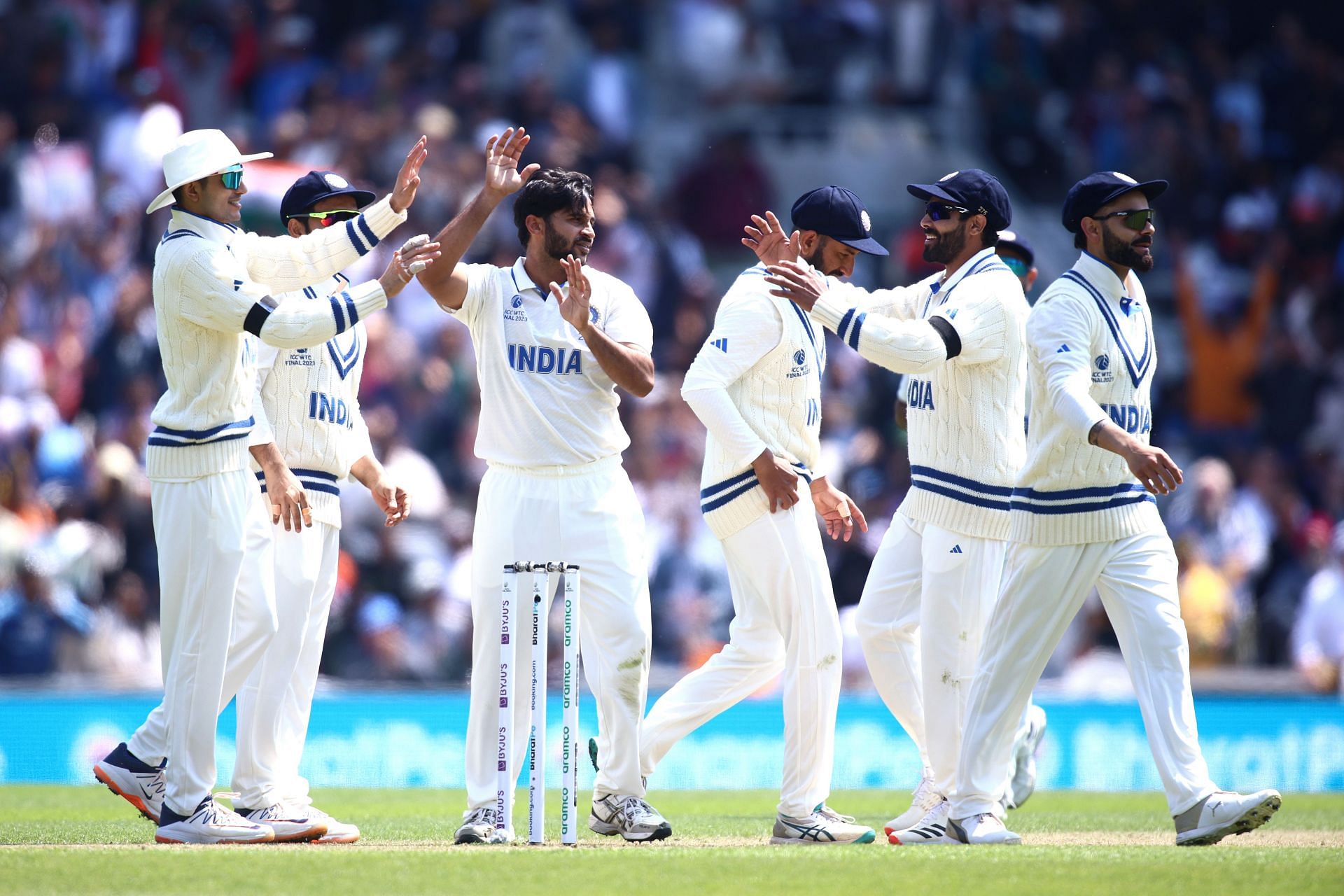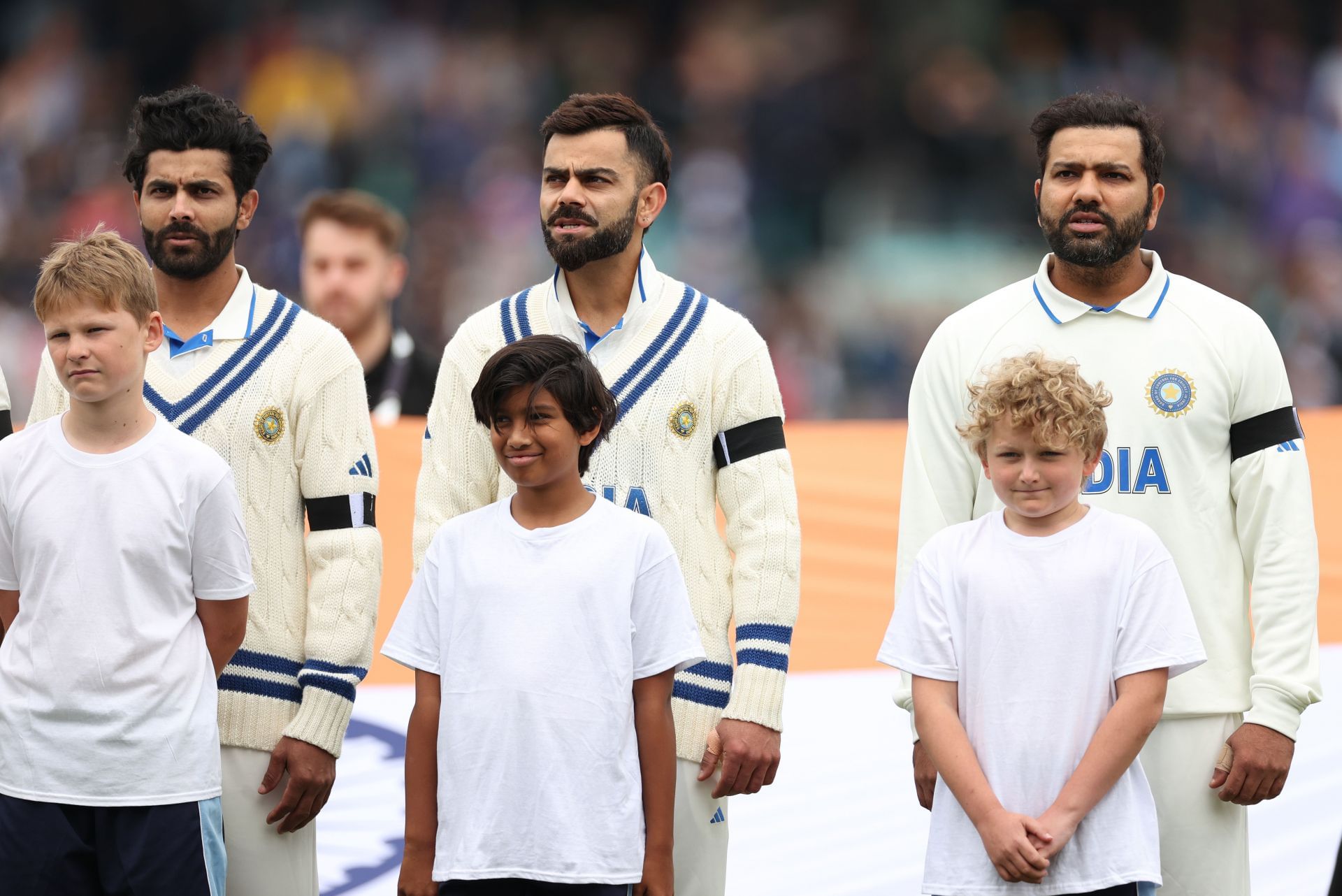
3 reasons why India opting to field in WTC final vs Australia was the wrong move
India may have fallen into a trap by adopting a strategy that proved effective only during the first inning of the WTC final, according to former Australian captain Ricky Ponting.
During his television commentary stint, Ponting expressed his belief that the dryness beneath the surface, coupled with a substantial amount of live grass, would have favored him if he were playing, particularly considering Australia's four left-handed batters in the top seven: Usman Khawaja, David Warner, Travis Head, and Alex Carey.
As the day rolled on, it became increasingly clear that India, indeed, had walked into a trap. Yes, the conditions were grey and the pitch had a tinge of green, but the bowling attack picked did not have the desired discipline to extract full benefit.
Here we take a look at three reasons why India opting to field in the WTC final vs Australia was the wrong move:
#3 Lack of discipline

India went in with four seamers for this match and it made sense considering Rohit Sharma elected to bowl first. However, after a disciplined and engaging first half, Umesh Yadav released all the pressure by conceding a flurry of boundaries. Shardul Thakur started steadily, but this duo was nowhere close to the threat posed by Shami and Siraj.
Then the clouds vanished, the sun started smiling down, and India’s shoulders drooped. The seam movement vanished and loose balls were being dished out. Travis Head counter-attacked, Steve Smith settled in, and at the end of the day’s play, Australia had done almost everything right to not lose this match.
#2 Green trap

On more than one occasion, the commentators were heard saying that India had read the pitch wrong and that they had put too much attention to the grass cover. They also stressed that the surface underneath the grass coating was soft and the soil was white.
Hence, it increasingly became clear that the management had goofed up in picking their bowling attack. Sharma put in Australia considering the overhead weather conditions, but after the first hour, the pitch eased up and with the sun baking down, the decision to bowl first appeared even more puzzling.
#1 Defensive move

The Indian bowlers started off well and restricted Australia to 76/3 at the start of the second session. But as the conditions changed, the bowlers toiled hard without any success as Australia ended the day at 327 for 3.
The exclusion of Ravichandran Ashwin was even more baffling when Umesh Yadav struggled to stem the flow of runs. Thakur started well but started experimenting as the day progressed and became far more expensive.
Sharma might not have wanted to expose his batters against the Australian quicks on a green surface, but as Australia showed, one hour of application laid a solid foundation. The Indian bowlers would now want to make quick inroads on the second day if they wish to stay afloat in the contest.